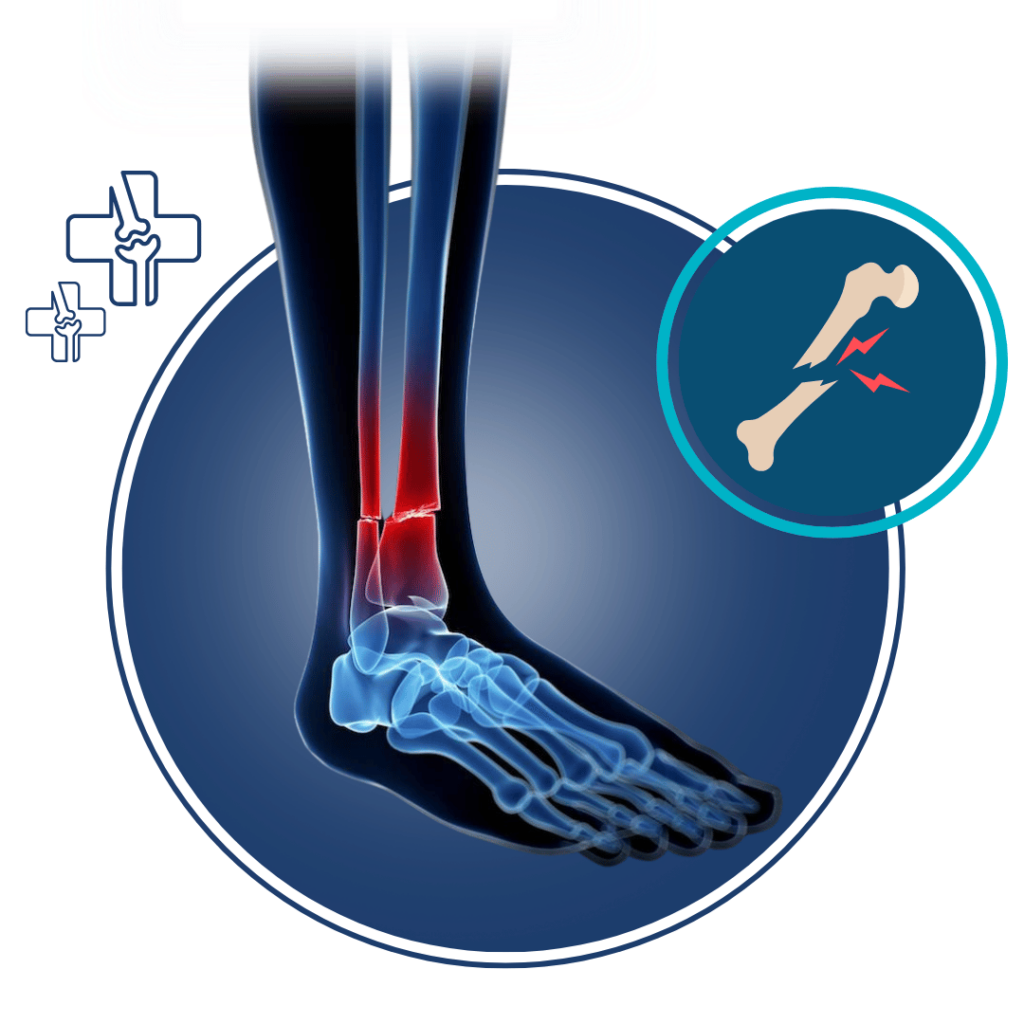
HP ORTHOCARE
Bone Fracture Surgery Hospital in Jalandhar
Connect with the best Bone Facture Doctor in Jalandhar at HP Orthocare.
What Is Bone Fracture Repair (SURGERY)?
When a bone breaks (also known as a fracture), it is critical that the bone heals properly in its original location.
There are several treatments for a broken bone, and the one a doctor recommends is based upon several factors. These include how severe the break is and where it is.
While some bones can heal by wearing a cast, others may require more invasive treatments, such as bone fracture repair.
Bone fracture repair is surgery to fix a broken bone using metal screws, pins, rods, or plates to hold the bone in place. It’s also known as open reduction and internal fixation (ORIF) surgery.
